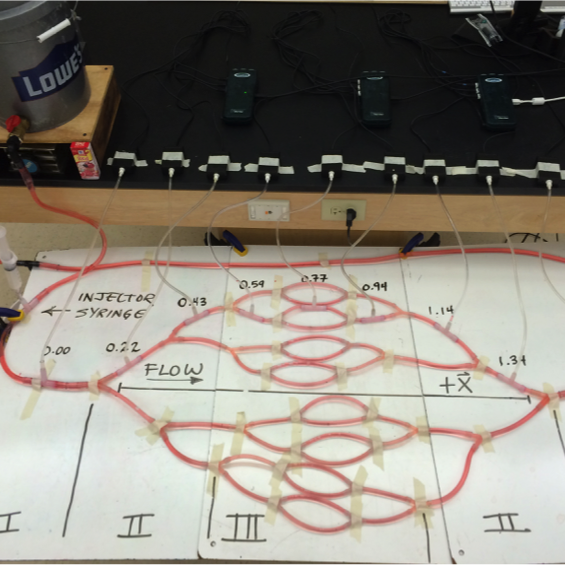The Physics Alive Podcast

Episode #6
Poiseuille, Bernoulli, and the Circulatory System
In this episode, I present a kinesthetic model of the human circulatory system. This model connects the physical principles of Poiseuille’s Law and mass conservation to blood flow throughout the human body. Students can monitor fluid speed and pressure variation, demanding that they grapple with conflicting principles and ultimately gain a deeper understanding of the physics behind critical components of anatomy and physiology. The fluid dynamics of real biological systems demand deeper layers of physics than the typical introductory physics class provides. Teachers need to collaborate with biology colleagues and learn from them how to create truly authentic biology-based physics curricula. It takes curiosity and commitment to grow knowledge in disciplines outside of traditional physics training. Jamie Vesenka, David Grimm, and I developed this circulatory system model at the University of New England.
Episode Notes and Resources
Building a kinesthetic model of the human circulatory system:

First article presenting this model, from 2015:
A draft copy of my article that was accepted for publication in the journal The Physics Teacher:
Interview with Dr. Jonathan Lindner, Cardiologist and Professor of Medicine at Oregon Health and Science University:
Access many more resources for teaching introductory physics for the life sciences at the Living Physics Portal:
